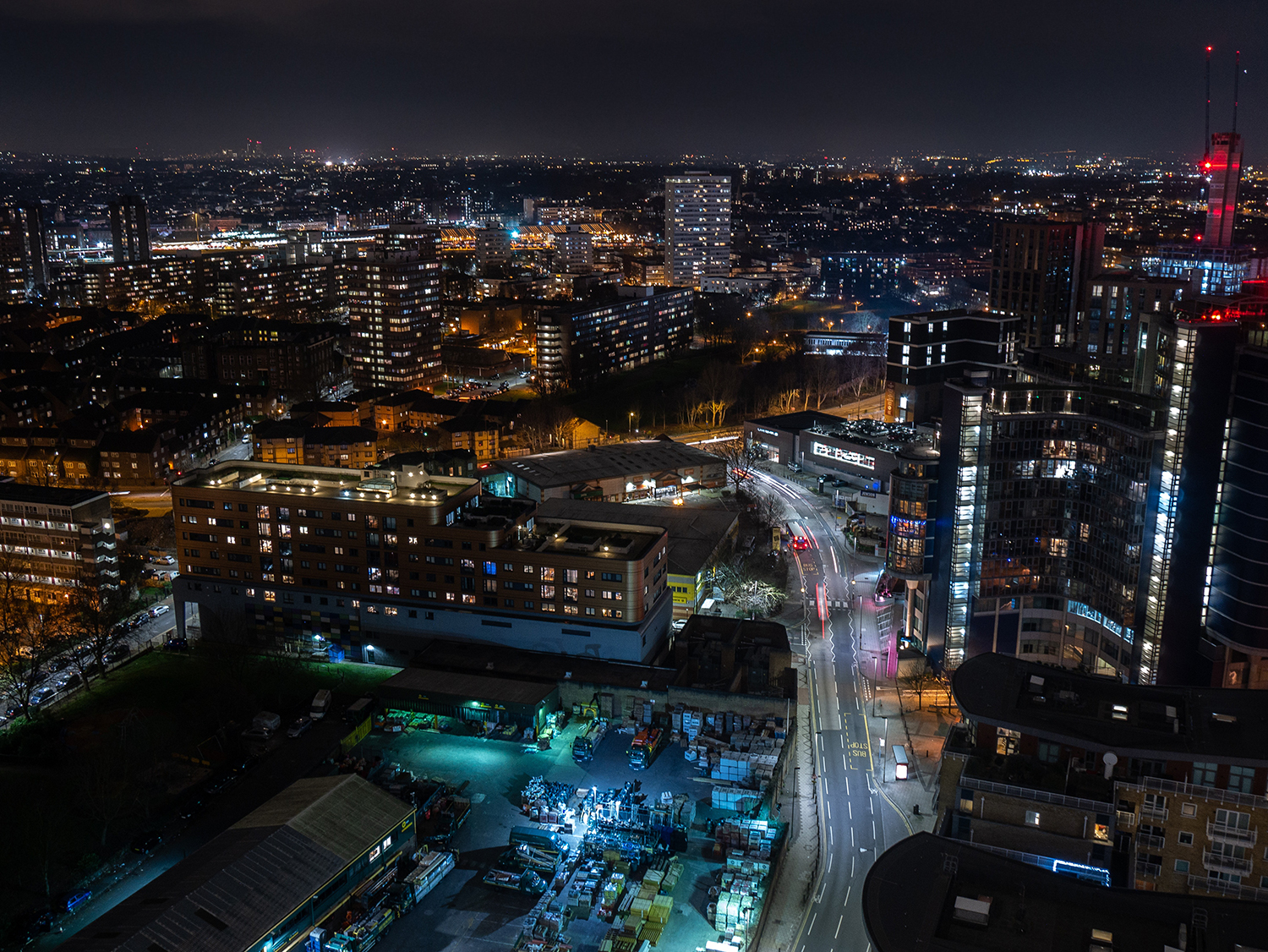
Realistic Is Holistic: Digitizing the Fight Against Urban Climate Change
mars 19, 2019 — Uncategorized
Climate change is in large part due to the rapid growth of our urban environments. It is affecting the way we work, play, move, produce, and consume – for better or for worse. According to a 2011 UN-HABITAT study, 70 percent of global greenhouse gas (GHG) emissions come from cities. Smart action to mitigate the effects of climate change will be required in order to avoid the worst possible consequences of global warming. We will require changes to the very nature of how we live.
Achieving changes of this magnitude will require persistence and technological innovation. At ENGIE, we have to look at the big picture: mitigation solutions of the low hanging fruit variety, such as LED street lighting and improvements to building energy efficiency without avoiding collectively asking ourselves difficult questions that don’t lend to smooth copy. Questions such as, “what are the ‘high-hanging fruits’ of climate change mitigation?” Taking it one step further, we should not be afraid to ask ourselves how to reach or grow fruits that don’t exist just yet.
I believe the answer to both of these questions lies in the centralization and holistic digitization of solutions.
Centralization will provide solutions on how to integrate different sources of energy at a local level. This will drive multi-fluid and multi-energy systems, in which smart grids play a key role. Furthermore, the gathering of data from different infrastructure on a single platform will pave the way to further symbiotic functioning of all infrastructure, leading to additional optimization in resource consumption, and to the emergence of totally new services that can be major drivers of efficiency improvements all over the world.
Technology will be invaluable in the effort to mitigate climate change. However, considering the fact that climate change is a systemic issue, what is really needed is holistic and systemic standpoint. If we do not approach challenges holistically, improving air quality in a given neighborhood could worsen it in others. Promoting electric mobility could pose some serious issues in the steering of power grids. Individual air-conditioning systems cool the air in retirement homes but create heat island effect in the streets, therefore adding to heatwaves on outdoors. At ENGIE, we promote a holistic approach to leverage a wide portfolio of existing and coming solutions in the most efficient way, employing 3D modeling and simulation of entire urban areas as useful tools for urban planning, thus encompassing the complexity of systemic interactions.
Cities are both actors and entities that are acted upon. Urban environments are now at the center of climate change mitigation and adaptation. This Big Picture edition shares various initiatives and approaches that are -or hold the potential to – being replicated in cities all over the world. At ENGIE, we are proud to support cities in their efforts in finding and implementing those solutions. Better cities. Tomorrow. Today.